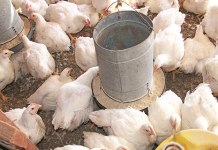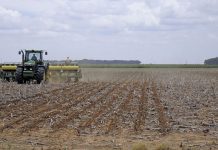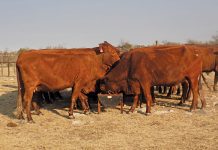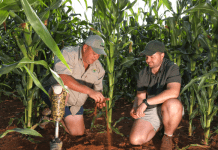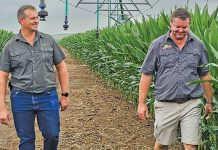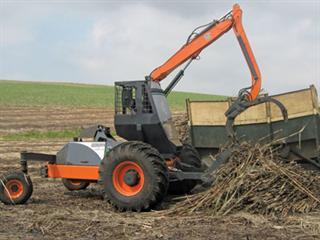
Matriarch Equipment, based in Richards Bay, KwaZulu-Natal, recently launched a lightweight slewing loader that will help to reduce compaction in whole stalk cane harvesting operations by allowing loading with a ‘controlled traffic’ approach.
The first production machine has been working on Dover Farm, near Empangeni. Farm manager Peter Young says the benefits of moving up from a traditional three-wheeler non-slewing loader are already obvious. With the wheel track remaining in the inter-rows at all times, damage to the cane stools is avoided. The Matriarch has handled both burnt and green cane equally well, on flat and sloping lands.
The loader will be available with either a narrow, free-swinging grapple in conjunction with a push-piler, or a conventional wide grapple with tilt function.
Fuel consumption
Since the start of trials with the Matriarch loader in May, fuel consumption has averaged below 3,5l per operating hour. This exceptional economy can be attributed to several factors, including the fact that only the boom and cab slew when loading. The JCB 63kW engine has a peak torque at low engine speed – just 1 200rpm to 1 300rpm while loading. The rate of loading depends largely on how the cane windrow is presented.
This is more critical when using a push-piler and grab than with the conventional wide-tilting grapple. To date, the Matriarch has achieved an average loading rate of 35t/ hr to 40t/hr; under ideal circumstances up to 50t/hr have been loaded.
The cab
‘Operator productivity’ is not just dependent on the operator. Matriarch believes that when working in a comfortable environment with an ergonomically efficient operating system, the operator is more productive. In this machine, the operator always faces the load and does not have to turn to see where to place it in the trailer. In addition, the machine does not bounce across the land, as only the cab and boom slew – the rest of the unit is stationary and only moves down the inter-row when collecting the cane.



